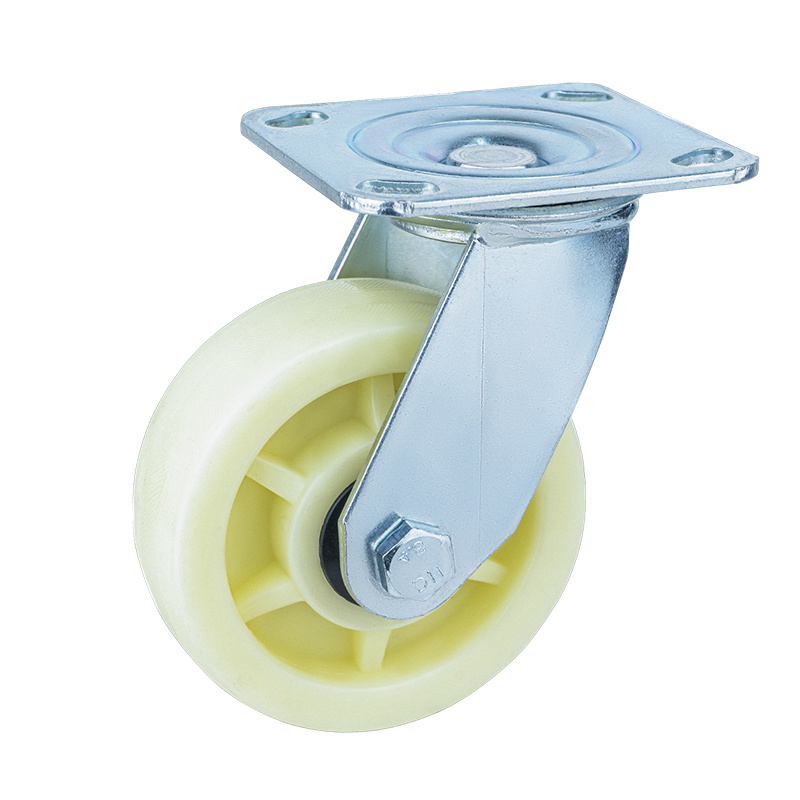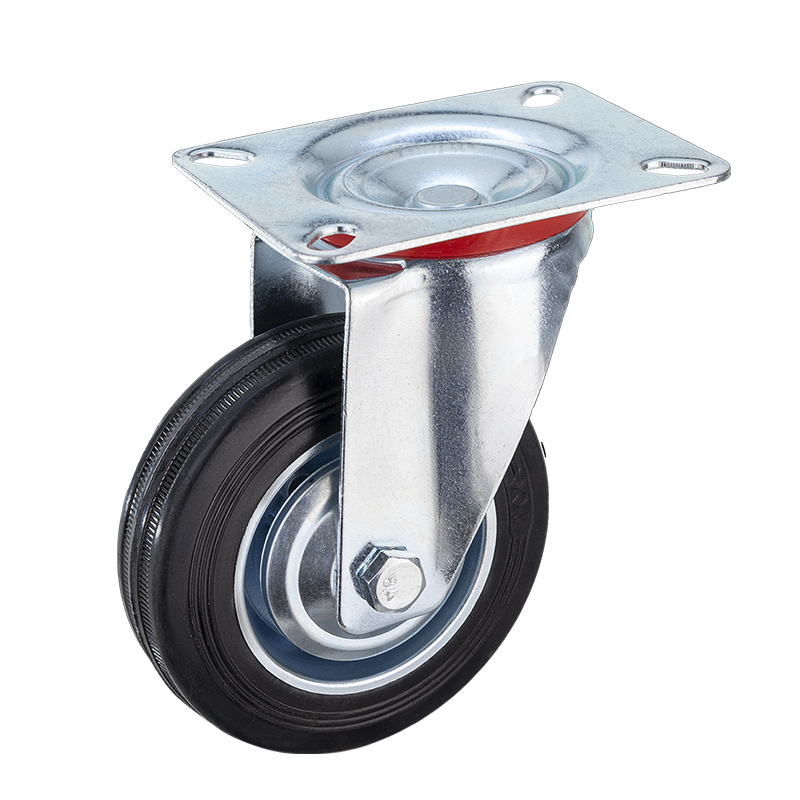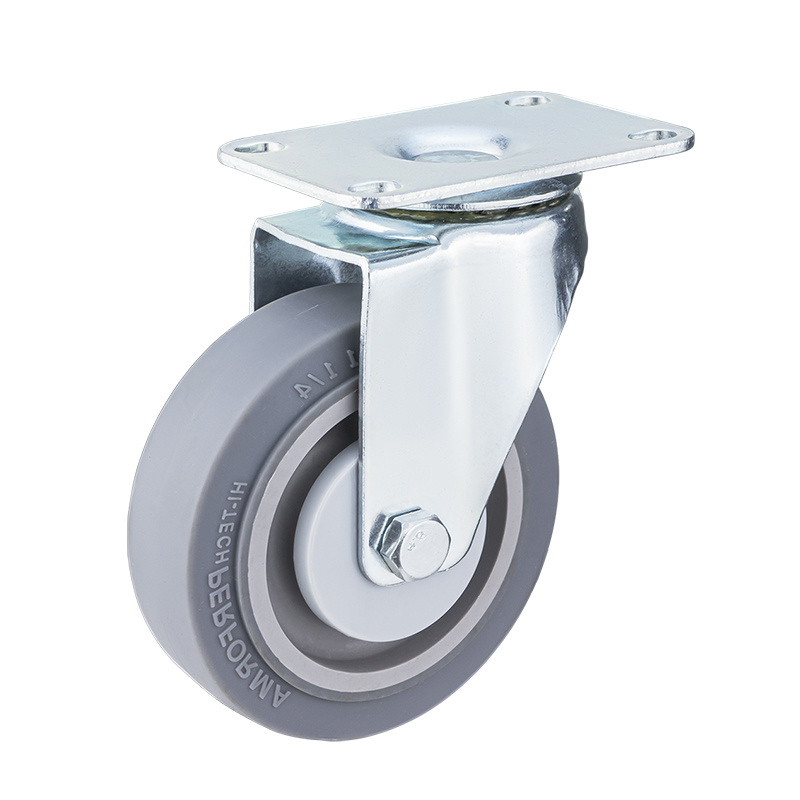BLOG
How to Customize Heavy Duty Casters for Unique Applications
2025-10-11
How to Customize Heavy Duty Casters for Unique Applications
In the world of industrial and commercial equipment, heavy duty casters play an essential role in enhancing mobility and functionality. Customizing these casters allows users to optimize their performance for specific applications, ensuring safety, efficiency, and longevity. This guide delves into the various aspects of customizing heavy duty casters tailored to unique requirements.
Understanding Heavy Duty Casters and Their Applications
Heavy duty casters are designed to support substantial weight and endure rigorous conditions, making them ideal for various applications, including warehouses, manufacturing plants, and healthcare facilities. These versatile components come in an array of materials, sizes, and designs, allowing them to adapt to different environments and requirements.
The Importance of Customization
Customization is crucial for achieving optimal performance. Pre-manufactured casters may not meet the specific needs of every application, leading to inefficiencies and potential hazards. By tailoring your heavy duty casters, you can:
- Enhance load capacity
- Improve maneuverability
- Reduce wear and tear
- Minimize noise levels
- Ensure compatibility with various surfaces
Key Considerations for Customizing Heavy Duty Casters
Before embarking on the journey of customization, it is essential to evaluate several factors to create the perfect caster for your application.
1. Load Capacity
When selecting heavy duty casters, the load capacity is paramount. Consider the total weight of the items you plan to move, including any additional weight during transport. A general rule of thumb is to choose casters that can handle at least 1.5 times the total load to ensure safety and durability.
2. Material Selection
The material of the caster is vital for performance and longevity. Common materials include:
- Rubber: Ideal for noise reduction and floor protection, rubber wheels provide excellent traction on smooth surfaces.
- Polyurethane: Known for its durability and resistance to chemicals, polyurethane wheels perform well on various surfaces, including concrete and tile.
- Steel: Heavy-duty and robust, steel casters offer high load capacities and are suitable for rough environments.
3. Wheel Size
The diameter of the wheel significantly impacts mobility. Larger wheels roll easier over obstacles and uneven surfaces, while smaller wheels are better suited for confined spaces. Consider your specific application when choosing the appropriate wheel size.
4. Brake Types
Brakes are crucial for maintaining control over heavy loads. There are several types of brakes available:
- Top Lock: Engages the wheel and swivel simultaneously, providing maximum stability.
- Side Lock: Locks the wheel only, allowing it to pivot while stationary.
- Directional Lock: Locks the swivel mechanism only, maintaining alignment while allowing movement.
Step-by-Step Guide to Customizing Heavy Duty Casters
Step 1: Assess Your Needs
Begin by assessing the specific requirements of your application. Document the weight of items, the types of surfaces the casters will encounter, and any unique challenges that may arise during use.
Step 2: Select the Right Configuration
Based on your assessment, select the appropriate combination of wheel material, size, and load capacity. Consider whether you need swivel or rigid casters and how many of each type you will require.
Step 3: Choose Wheel and Brake Combinations
Evaluate different wheel and brake combinations to determine which will best suit your application. Ensure that the brakes provide adequate stopping power without compromising mobility.
Step 4: Custom Features
If your application demands specific features, consider customizing your casters further. This may include:
- Adding shock-absorbing properties
- Incorporating specialized coatings for enhanced performance
- Designing custom mounting plates for unique equipment
Step 5: Prototype and Testing
Before finalizing your custom casters, create a prototype and conduct thorough testing. This ensures that the casters function as intended under real-world conditions. Make adjustments as necessary based on performance feedback.
Common Applications for Customized Heavy Duty Casters
1. Warehouse Equipment
In warehouses, heavy duty casters are often employed on pallet jacks, shelving units, and carts. Customization can enhance load capacities and maneuverability, making it easier to manage inventory.
2. Medical Equipment
Healthcare facilities require casters on equipment such as hospital beds and medical carts. Customized casters can improve mobility, reduce noise, and enhance safety features, ensuring that medical professionals can operate efficiently.
3. Industrial Machinery
Heavy duty machinery in manufacturing plants often requires rugged casters that can withstand heavy loads and harsh environments. Custom casters can be designed to endure high-impact conditions while maintaining smooth operation.
Best Practices for Maintaining Customized Heavy Duty Casters
To ensure the longevity and optimal performance of customized heavy duty casters, follow these best practices:
Regular Inspections
Conduct routine inspections to identify wear and tear, ensuring that all components are functioning correctly. Address any issues promptly to prevent further damage.
Cleaning and Lubrication
Keep casters clean from debris and contaminants that may hinder performance. Regularly lubricate moving parts to reduce friction and ensure smooth operation.
Adjustments as Needed
As your operational needs evolve, be prepared to make adjustments to your custom casters. This may include changing wheel types or modifying load capacities to suit new equipment.
Frequently Asked Questions (FAQs)
1. What is the weight capacity of heavy duty casters?
Heavy duty casters can support anywhere from 1,000 to 5,000 pounds or more, depending on the model and material.
2. Can I customize my casters for outdoor use?
Yes, you can customize casters specifically designed for outdoor applications using weather-resistant materials and coatings.
3. How do I know which wheel size to choose?
Consider the surfaces you will be operating on and the type of load being moved. Larger wheels are better for uneven surfaces, while smaller wheels work well in tight spaces.
4. Are there any safety features I should look for?
Look for casters with locking mechanisms, shock-absorbing properties, and anti-static features, especially for sensitive environments like healthcare facilities.
5. What maintenance do customized heavy duty casters require?
Regular inspections, cleaning, and lubrication are essential to maintain the performance and longevity of customized casters.
Conclusion
Customizing heavy duty casters for unique applications is an essential process that enhances functionality, safety, and efficiency in various environments. By carefully considering factors such as load capacity, material selection, and wheel size, we can tailor casters to meet specific operational needs. With the right customization and maintenance, these essential components will ensure smooth and safe mobility for any equipment. Whether in warehouses, healthcare facilities, or industrial settings, customized heavy duty casters can significantly improve workflow and productivity.
Key words:
RELATED NEWS
How to Customize Heavy Duty Casters for Unique Applications
2025-10-11
Unleashing Efficiency: A Comprehensive Guide to Industrial Casters for Your Business
2025-10-04
How to Properly Install Medium Duty Casters for Maximum Performance
2025-09-27








